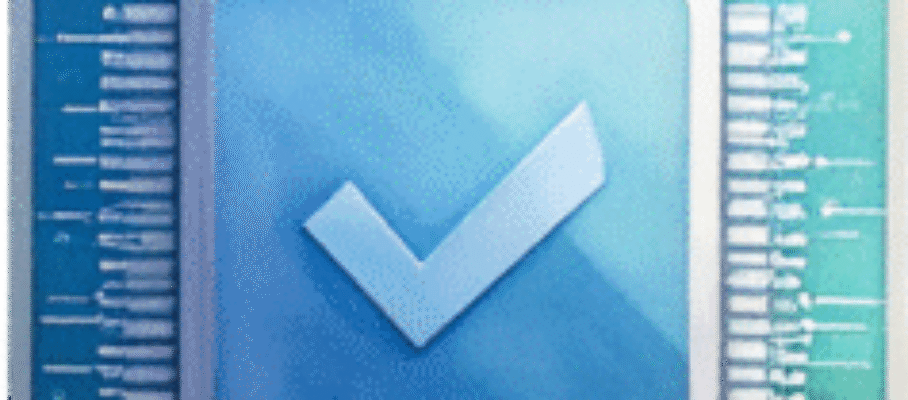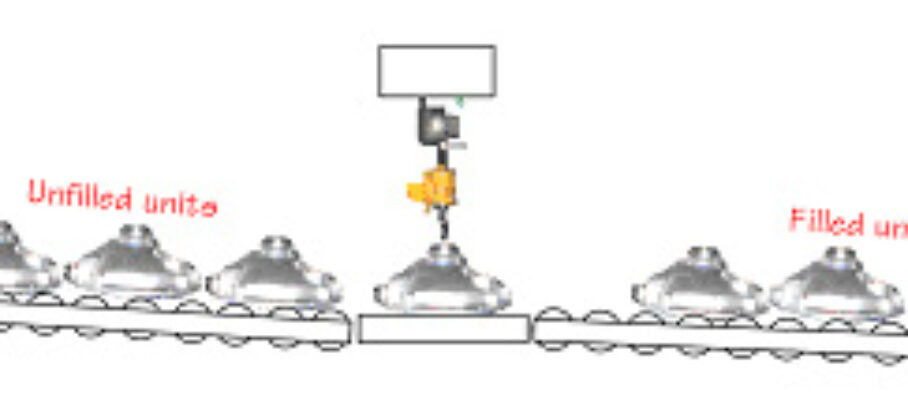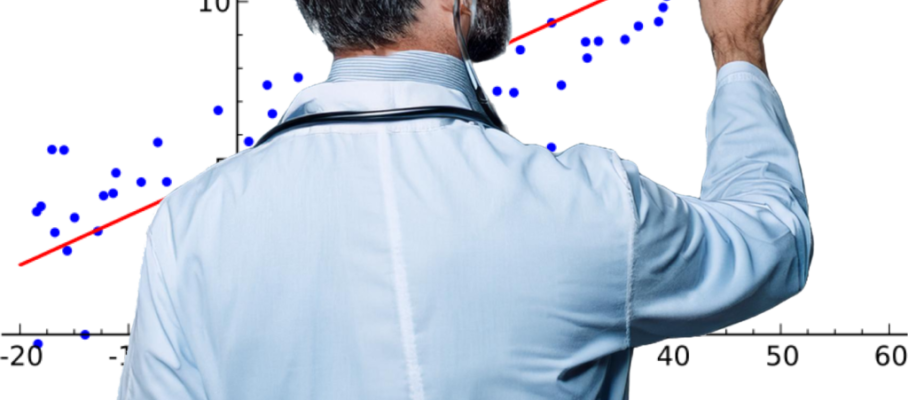Aug 27 2025
Quality and Me (Part I) — Semiconductors
This is the first of several posts about my personal history with manufacturing quality. While I have never had the word “quality” in my job title, and it has never been my exclusive focus, I can’t name a project I have worked on in the past 44 years that didn’t have a quality dimension.
Controversial views about quality have earned me rebukes from quality professionals, who gave me reading lists. To see the error of my ways, all I had to do was study the complete works of Walter Shewhart, W. Edwards Deming, and Donald J. Wheeler. It never occurred to them that I might be familiar with these authors.
There are also other authors on quality that my contradictors ignored or dismissed, like J.M. Juran, Kaoru Ishikawa, or Douglas Montgomery. I didn’t see them as any less worthy of consideration than the ones they were adamant about.

I don’t think any of these authors intended their works to be scripture. Instead, they aimed to assist their contemporaries in addressing their quality issues with the technical and human resources available. We should do the same today. I recently heard from Sam McPherson of a piece of advice haiku author Matsuo Bashō gave to a painter in 1693: “Do not follow the footsteps of the ancients, seek what they sought instead.” This is what I have been doing.
Contents





Nov 7 2025
The Lowdown on the Range Chart
To use in-process measurements for quality control 100 years ago, Walter Shewhart proposed the \bar{X}-\sigma charts. It entailed arranging workpieces in rational subgroups, summarizing measurements by subgroup into means and standard deviations, charting both, and checking new values against control limits.
When Harold Dodge tried to implement the \bar{X}-\sigma charts at Western Electric, the engineers balked at calculating sample standard deviations with paper, pencils, and slide rules. To gain acceptance, Dodge let them use sample ranges and plot them in R charts instead. While easier to understand and to use daily, sample ranges are mathematically more complex and more sensitive to extreme values than standard deviations.
The SPC literature glosses over the motivation for the R chart and its math. It provides recipes for using these charts, but no explanation. We shouldn’t ask manufacturing professionals to use a tool without explaining its purpose and its theory. This is what this post is trying to remedy.
Like all control charts, the R chart uses limits calculated for the Gaussian distribution. As no simple formula is available for the R chart, setting control limits for it requires numerical approximations that must have consumed months for human computers in 1924. Today, you can replicate them instantaneously with software. These calculations reveal that the \pm 3\sigma limits in the books for the range chart do not actually encompass the 99.73% of the distribution that they do in \bar{X} charts.
The R chart was an ingenious workaround to technical and human constraints of the 1920s that no longer exist. Today, rather than blindly applying these tools, we must draw inspiration from their inventors and develop solutions to meet the process capability challenges we are actually facing.
Contents
Share this:
Like this:
By Michel Baudin • Quality 0 • Tags: Control Charts, Quality, Range Chart, SPC, Xbar-R chart